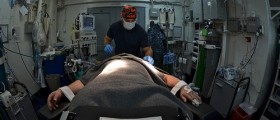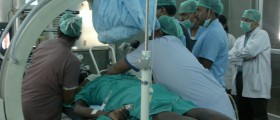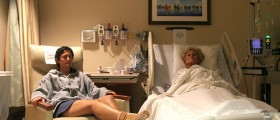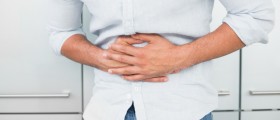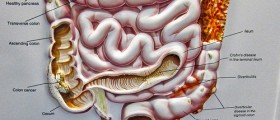When you undergo an upper endoscopy, a flexible and lighted tube is inserted through your mouth in order to allow your medical team visual access to your esophagus and stomach as well as the duodenum (the first portion of your intestines that is directly connected to your stomach).
The procedure, also known by different names — gastroscopy, EGD and esophagogastroduodenoscopy — is exploratory, performed to look for medical problems in response to such symptoms as frequent nausea, a difficulty swallowing, acid reflux, and vomiting.
While an upper endoscopy can offer some much-needed answers regarding the cause of symptoms you will frequently have been suffering from for a long time, patients are often a little scared of the procedure beforehand, and afterwards can indeed experience some discomfort. It is important to be aware that endoscopies are very safe procedures that can only be carried out by medical professionals who underwent training, and that complications are rare. Uncomfortable side effects of an upper endoscopy are normal, but mild and almost always of a very temporary nature.
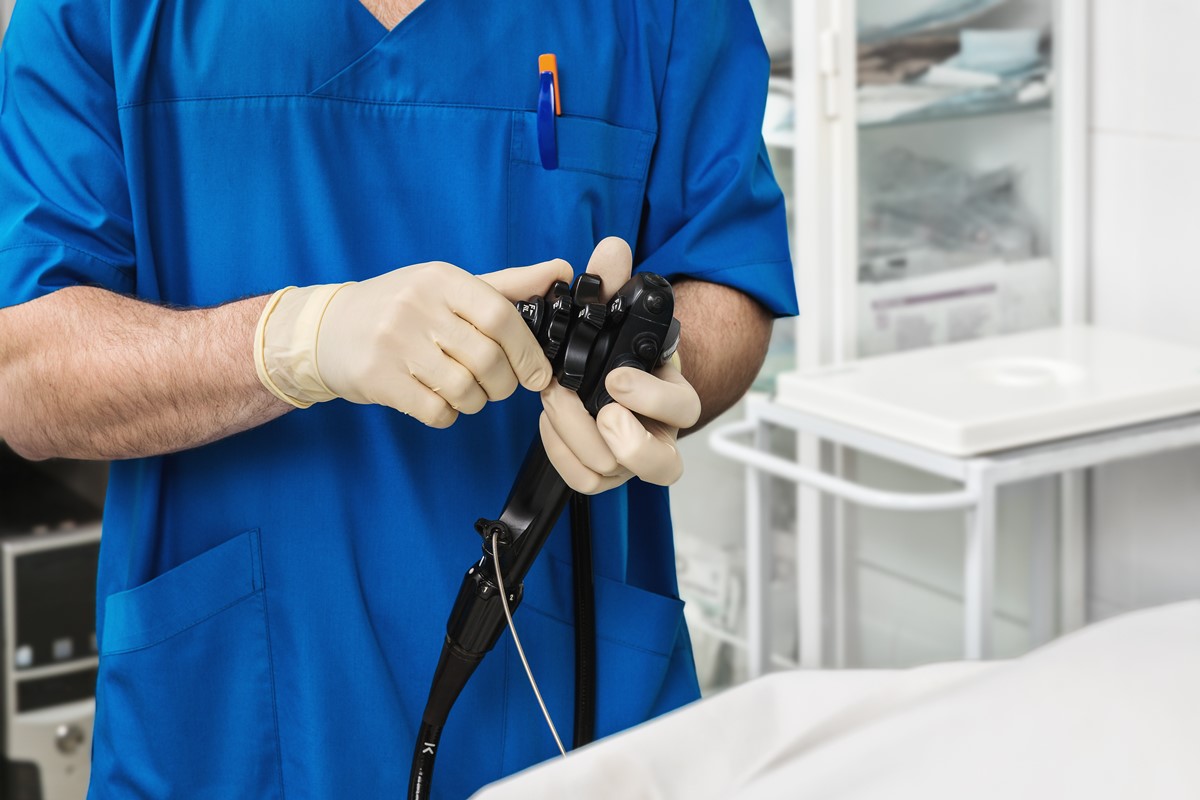
Before The Endoscopy: What You Need To Know
First of all, it is imperative that you do follow all the instructions your physician provides you with prior to the endoscopy. That means not eating or drinking for a set number of hours beforehand, perhaps having your medication regime adjusted if you use medication, and making sure there is someone who can drive you home following your procedure.
You will almost certainly be sedated prior to the endoscopy, making the procedure more comfortable for you. This also means that you will feel groggy and somewhat disoriented after the endoscopy, however. Your mouth may also be coated with an anesthetic spray, the effects of which you may feel after the procedure for a while. In this respect, it can broadly be compared to an extensive dental procedure.
While the endoscope is inserted, you will not be able to talk.
After The Endoscopy
Due to the sedation you will probably receive, you won’t recall the details of the actual procedure — you won’t remember your medical team looking for abnormalities on the screen as they receive visual feedback from the endoscope, or tissue samples being taken, or the air that may be introduced to your esophagus to provide the endoscope with full ease of movement.
You will, however, most definitely feel sleepy, “weird”, and disoriented after your sedation begins to wear off. You’ll find yourself in a recovery room after the upper endoscopy procedure as the sedation’s effects become weaker, where you will be given some time to, well, recover. You will be able to return home after that, but in addition to not being able to drive (really, you can’t!), it’s ideal to have someone in the house with you, making sure that you are OK.
Once the sedation fully wears off, you may experience some abdominal cramping, bloating, and gas along with a strange sensation within your throat. All of these symptoms are the result of the friction caused by the endoscopy, and should get better within the next few days. Such side effects are considered completely normal.
If, however, you are suffering from severe abdominal pain, heavy rectal bleeding, a fever, chills and sweats, after undergoing an upper endoscopy procedure, you need to contact your physician right away. Throat pain that increases over time rather than decreasing, difficulty in swallowing that persists, or continuing to feel a lump in your throat for more than three to four days should also be reported to your doctor. They could indicate bleeding or infection, and because both of those complications of an upper endoscopy need to be treated urgently, it is crucial to seek medical attention.
- iffgd.org/tests-diagnosis/upper-gi-endoscopy.html
- Photo courtesy of SteadyHealth



